Many significant and exciting innovations and inventions begin made in sensor research and development daily. Micro- and nanotechnology, novel materials, and smaller, smarter, and more effective electronic systems will play an important role in the future of sensors
Sensors are relevant to every aspect of human life and they can improve the world through diagnostics in medical applications; improved performance of energy sources like fuel cells and batteries and solar power; improved health and safety and security for people; sensors for exploring space; and improved environmental monitoring.
Presently, conventional sensors such as potentiometers and force-sensing resistors are widely used but technological progress and the use of micromachining is allowing the manufacturers to increase number of sensors but also to achieve significantly higher speeds and sensitivity.
Sensor Internals
A sensor converts physical parameters into a usable electrical signal. The
conventional integrated sensor has three main parts, including the sensing
component (capacitor, photodiode, transistor, resistors, etc.) signal conditioning
and processing (linearization, amplification, filtering and compensation) and lastly
the sensor interface (wires, sockets and plugs to communicate the results with
other interconnected electronic components).
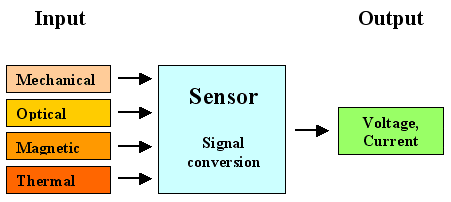
By means of low-cost analog-to-digital converters, signal processing is increasingly
shifted from the higher system level to the sensor level.
New Sensing Paradigms
Parameters like temperature, humidity, Pressure, etc. have found widespread usage
in various applications. With technological progress and requirements arising in various fields, new sensing parameters are being explored for advanced sensors.
The ‘unobservable’ sensing
 It breaks new ground in sensing biohazards, smells, material stresses, pathogens, level of corrosion and chemicals in material.
It breaks new ground in sensing biohazards, smells, material stresses, pathogens, level of corrosion and chemicals in material.
Live cell-based sensing
an amalgamation of sensor technology and living cells, allow scientist to understand the biological effect of medicines, environment and biohazards.
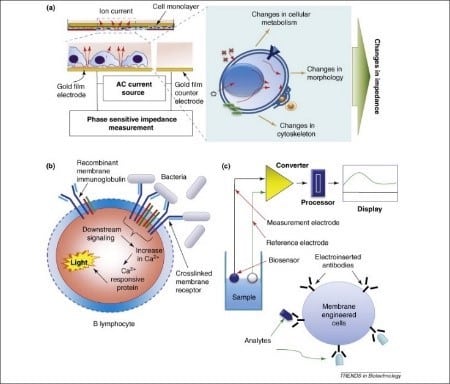
Sensor swarms
Sensor Swarms coordinate their activities, deciding what to measure and where through a self-learning system directing their movements and data collection.
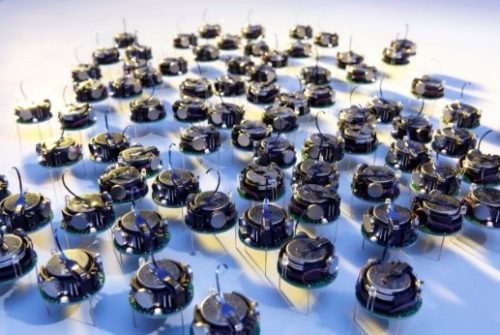
Chemical Reactant Sensors
Chemical reactant sensors designed as electronic noses that reacts with specific compounds in the air to detect biohazards, gas leaks, rusts and even alcohol on the breath.
Galvanic Skin Response Sensors
Galvanic skin response sensors might appear to be straight out of science fiction. This remarkable technology senses various features of the skin, ranging from temperature to moisture, and has managed to effectively correlate these observations with emotion and mood. Besides the obvious applications to virtual reality (a mood or reaction-dependant plot twist in a movie or video game!), this creates the potential to monitor and study mental health and patient recovery in unprecedented detail. Similarly, it allows for the potential to tailor air-conditioning to individual preferences.
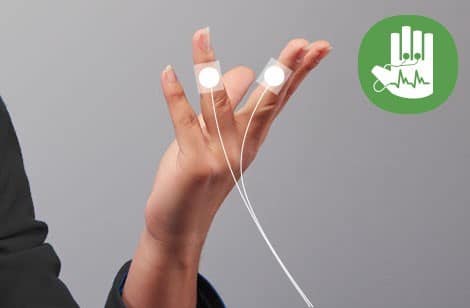
EEG/EOG Sensors
Electroencephalograms and electrooculograms (EEGs and EOGs) are a fascinating subset of sensing technology that tracks the electric fields produced by fluctuations in brain and eye activity respectively. EEG data can be accurately used to learn and replicate hand gestures from human test subjects. EOGs offer a unique advantage – they track eye movements and can be used in virtual reality, for attention measurement and psychological research and a host of other decisions. The EEG/ EOG Combi Electrode can be used for the simplified recording of the Sleep Profile through the single EEG and two EOG signals.
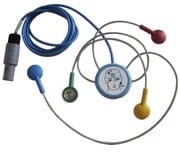
Sensors in Wound Healing
For certain kinds of post-operative care, it’s extremely important to keep a patient well-hydrated in a humid environment. Moisture sensing in wound is crucial as a moist wound heals faster. Above figure show The design and function of the smart wound dressing. The biosensors in the dressing can detect key parameters for wound healing, like neutrophil elastase concentration, by changes in fluorescent signal.
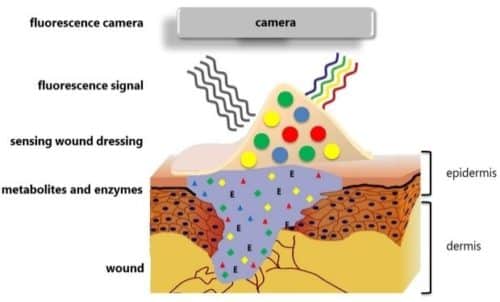
Personal Radar
 Humans see in the optical light spectrum, and it’s natural to assume that our devices – if they could see – would use the optical spectrum, too. But processing visible light takes a lot of signal power to separate individual objects and ranges. A radar device, on the other hand, uses millimeter-wave radio and takes only milliwatts of power. Personal Radar can help navigate mobile robots through the real world.
Humans see in the optical light spectrum, and it’s natural to assume that our devices – if they could see – would use the optical spectrum, too. But processing visible light takes a lot of signal power to separate individual objects and ranges. A radar device, on the other hand, uses millimeter-wave radio and takes only milliwatts of power. Personal Radar can help navigate mobile robots through the real world.
Radio Imaging
Another trend we saw was the expansion of ultra-wide band radio, WiFi and Bluetooth, into 3D radio imaging. It’s a way to locate people and objects inside a building that can give context to what is going on in an area of interest for relatively low cost. Radio imaging can tell not only where someone is, but what they’re doing – and it can see through walls.
Optical Sensing
An optical sensor converts light rays into an electronic signal. The purpose of an optical sensor is to measure a physical quantity of light and, depending on the type of sensor, then translates it into a form that is readable by an integrated measuring device. Optical Sensors are used for contact-less detection, counting or positioning of parts. Optical sensors can be either internal or external. External sensors gather and transmit a required quantity of light, while internal sensors are most often used to measure the bends and other small changes in direction. The measurands possible by different optical sensors are Temperature, Velocity Liquid level, Pressure, Displacement (position), Vibrations, Chemical species, Force radiation, pH- value, Strain, Acoustic field and Electric field.
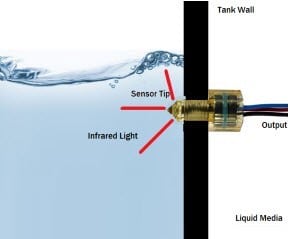
Cognitive vision
Cognitive vision include methods for acquiring, processing, analyzing and understanding digital images, and extraction of high-dimensional data from the real world in order to produce numerical or symbolic information, e.g., in the forms of decisions. Understanding in this context means the transformation of visual images (the input of the retina) into descriptions of the world that can interface with other thought processes and elicit appropriate action.
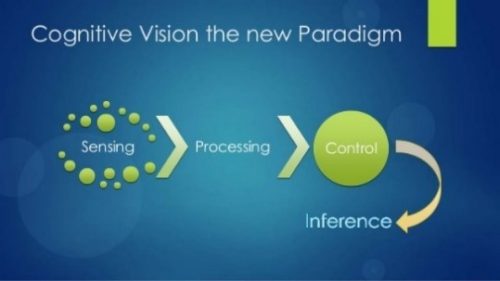
Thoughts into Speech Sensors
The breakthrough, which is up to 90 percent accurate, will be a boon for paralyzed patients who cannot speak and could help read anyone’s thoughts ultimately.
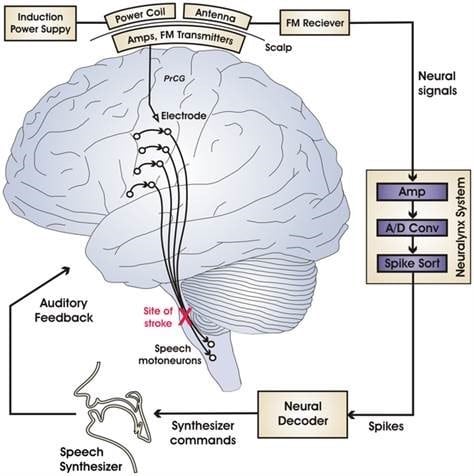
Multi wavelength image sensor
Space exploration is one of the potential application for multi wavelength image sensors.
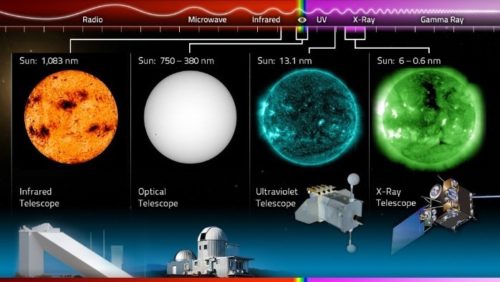
Electric field or E-field sensing
uses electrodes and the electric field between them. This sensing can be used for smarter airbag, in which the bag will not deploy prematurely, by taking into consideration not only the passenger’s head position, but also the passenger’s size and weight. Microchip’s GestIC(r) technology is a patented 3D sensor technology that utilizes an electric field (E-field) for advanced proximity sensing.
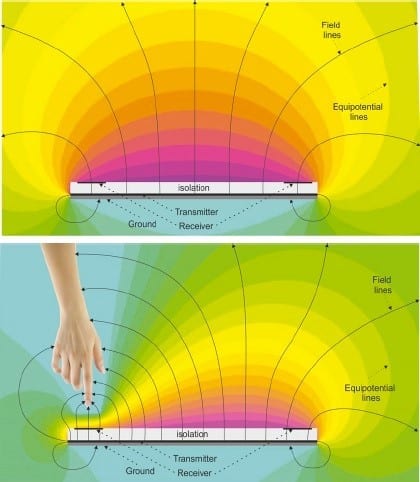
Smart sensors
Smart sensors differ from traditional integrated sensors since they have the added benefit of processing capabilities, due to the onboard microprocessor. Hence, the sensing signal passes through microprocessor where processing takes place, and a more informative output is given to the end user. The main principle of smart sensors is that combining sensor technology with silicon microprocessors not only offers customized outputs and interpretive power but also considerably improves sensor system capabilities and performance.
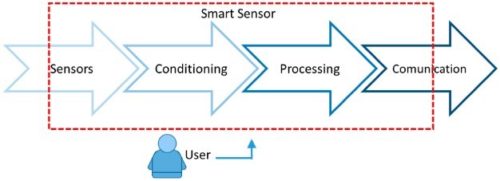
One major effect of smart sensor technology is that it ensures improved integrity and reliability of results. Intelligent features like self-calibration, compensated measurements and self-healing can be added at the main sensor level. The smart sensor can evaluate its status or health and evaluate even the legitimacy of processed data. Overall, the sensor and microprocessor combination allows for the creation of a highly adaptable system.
Micromachining and microelectromechanical systems (MEMS) technology
 Micro-Electro-Mechanical Systems (MEMS), is a technology that in its most general form can be defined as miniaturized mechanical and electro-mechanical elements (i.e., devices and structures) that are made using the techniques of microfabrication. The critical physical dimensions of MEMS devices can vary from well below one micron on the lower end of the dimensional spectrum, all the way to several millimeters. MEMS technology in microsensors is allowing the manufacture of an increasing number of sensors on a microscopic scale. In most cases, microsensors can reach significantly higher speeds and sensitivity compared with macroscopic sensors.
Micro-Electro-Mechanical Systems (MEMS), is a technology that in its most general form can be defined as miniaturized mechanical and electro-mechanical elements (i.e., devices and structures) that are made using the techniques of microfabrication. The critical physical dimensions of MEMS devices can vary from well below one micron on the lower end of the dimensional spectrum, all the way to several millimeters. MEMS technology in microsensors is allowing the manufacture of an increasing number of sensors on a microscopic scale. In most cases, microsensors can reach significantly higher speeds and sensitivity compared with macroscopic sensors.
Integrated smart sensors
Newer sensor technology has now integrated vital components of a smart sensor on a chip.
Gesture Recognition and 3D Sensor Technology
The TrueDepth camera is used for facial recognition functions.
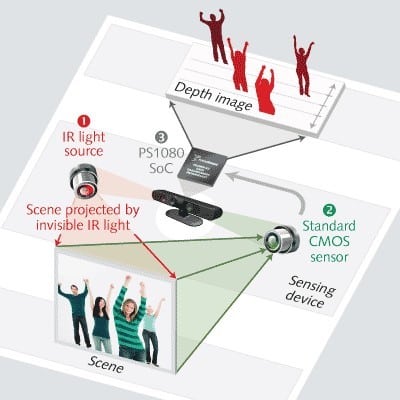
Curved sensor
It could dramatically improve image quality captured with digital cameras.
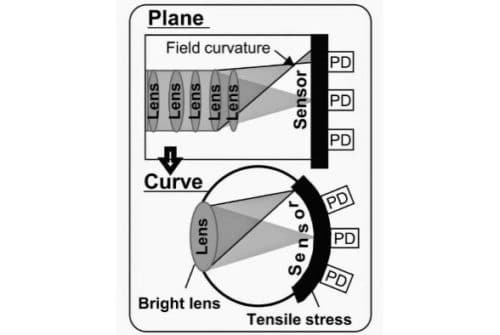
Biodegradable sensors
Tiny sensors made out of thin sheets of silicon are able to monitor temperature and pressure inside the skull, then melt away after they’ve done their job, according to researchers led by John Rogers at the University of Illinois at Urbana-Champaign and Wilson Ray at the Washington University School of Medicine in St. Louis.
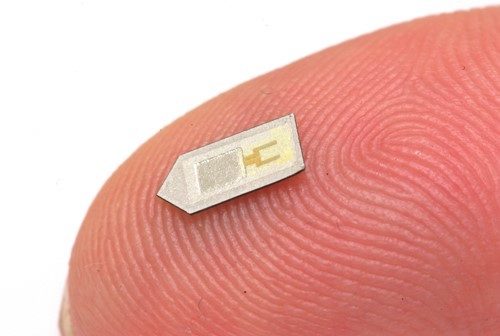
Self-healing sensors
It repairs themselves in the event of a disaster or other structural disruptions.
Self-powered sensors
There are several energy sources present in our environment, of which the most common ones may include: vibration, thermal gradient, radiation and power (solar and EM fields). The power output of an energy harvester depends on two factors: the power density of ambient energy sources and the effectiveness of conversion mechanisms. Body sensor networks are powered using the heat difference between the patient’s body and surrounding air find applications in medical care. Above project show, self-powered wireless sensor node for the monitoring of overhead power lines. The node is powered by an electromechanical AC energy harvester.
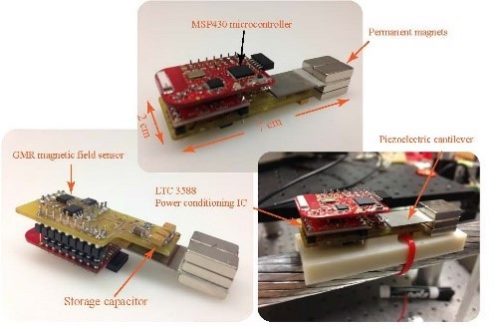
Smart dust
Smart dust emerged on the scene primarily due to military research. The militaries are using surveillance devices such as UAVs (Unmanned Aerial Vehicles) and satellites to understand what their ‘enemies’ are doing. Since it is imperative to keep the surveillance devices from being detected by the enemy, collection of real time data has limits. Thus, Smart dust emerged as a technology that could overcome these limits. Microscopic sensors powered by vibrations, monitor situations ranging from battlefield activities, structural strength of buildings and clogged arteries.
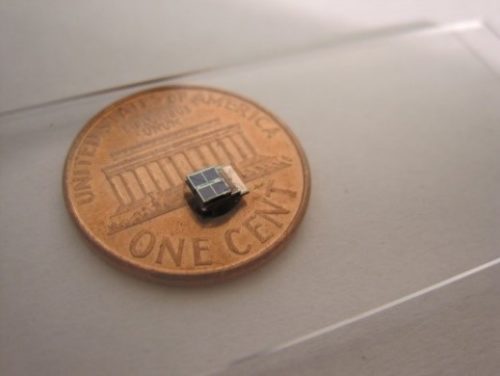
Sensor Fusion
It is a process by which data from many different sensors are “fused” to compute something more than could be determined by any one sensor alone. This allows for an improvement in application or system performance. “It ‘s all about bringing the relevant data together from multiple sensors to provide a bigger picture of what’s going on in a system.

Inertial sensing
inertial sensing modular clusters to manage the vast number of sensing functions that will be required for vehicle dynamics, navigation, safety, and steer-by-wire applications.
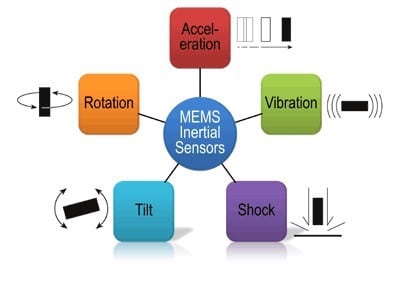
Advancements in Sensor Technology
Seed technology
Seed Technology intelligent systems that are self-monitoring, self-correcting and repairing, and self-modifying or morphing not unlike sentient beings. The ability for a system to see (photonic technology), feel (physical measurements), smell (electronic noses), hear (ultrasonic), think/communicate (smart electronics and wireless), and move (sensors integrated with actuators), is progressing rapidly and suggests an exciting future for sensors.
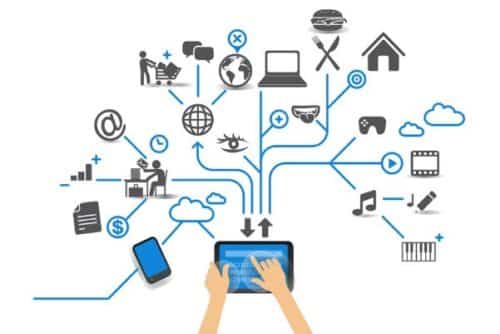
Ubiquitous sensor networks(USNs)
USNs incorporate the integration of multiple kinds of sensors into one large information processing pipeline – this could include camera data, motions sensors, vibration data, sound and so on. USNs have tremendous applications in security and surveillance – with efficient integration, they approach the efficiency of a human guard, while limiting the cost, and widening the area under surveillance. Like many technologies developed for defense, this has also leaked out to the entertainment industry – virtual reality is having a ball with the scope that USNs offer. VR now has the potential to react not just to your hand movement – but to your body temperature and facial expression that distinguish a frantic wave for help from a friendly one!
Biometric
The future of biometric technology via smart sensors lies in the integration of facial recognition and voice recognition. Future biometrics will be more foolproof and will be able to withstand intruder attacks as the sensors will be more accurate.
Advance Sensor Applications
Micro and Nano-sensor implants in patients track the healing process for internal injuries, enable health care professionals to take remedial action based on continual data from the system.
Audio-Beam Forming
Originally developed for military applications, audio-beam forming uses an array of microphones to gather 3D orientation information about the source of a sound. The military found it useful for locating hidden snipers and other dangers; car designers are finding it similarly useful for audio commands, and speakerphone noise reduction
Diagnostic Imaging
Imagine swallowing one disposable smart pill rather than having an intrusive colonoscopy procedure. This simple, non-intrusive test offers the benefit of remotely visualizing the colon and gastrointestinal tract to identify polyps and also detect colorectal cancer. Researchers and scientists has started developing advanced nano-sensors that can travel in a patient’s blood and transmit signals to a smartphone. The sensors will be able to detect impending heart attacks, or infection and notify the user. The other possibility of ingestible sensors is providing truly personalized medicine based on the genetic data of a patient. That can go a long way in the early diagnosis and management of chronic diseases like
cancer.
Smartphones
Smartphones will have even more sensors. These sensors will likely be for recognizing which activity the user is doing. For instance, the barometer and accelerometer allow the phone to detect when the user is walking and also when climbing stairs and in which direction. Some researchers have even studied air pollution using special sensors in prototype smartphone.
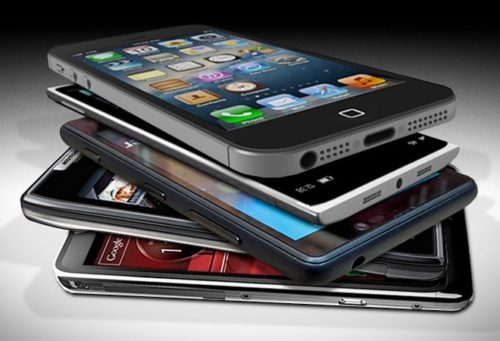
Home sensors
Future Sensors in smart homes will provide additional healthcare feature to help in monitoring vulnerable people. Imagine a smart home that has round buttons placed at strategic points to help assist people suffering from memory loss to do a series of tasks during the day. Care providers would simply get a notification via text or email when any part of the prescribed routine is not complete.
Smart traffic systems
Future Sensor technology could be used to save people’s lives. For instance, smart traffic systems with the capability of disabling a vehicle’s inbuilt control system when on the verge of a head-on-collision or fatal crash can easily be the panacea of the present day road carnages claiming millions every year.
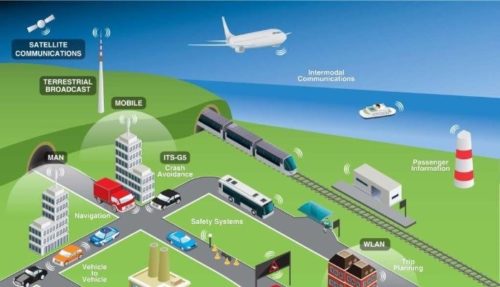
Autonomous vehicles
Autonomous vehicles are the future of smart sensors in transportation. As such, in future there going to be more saved lives with fewer road accidents, more reclaimed land since autonomous cars do not need more driving space, more saved energy and money, and higher productivity.
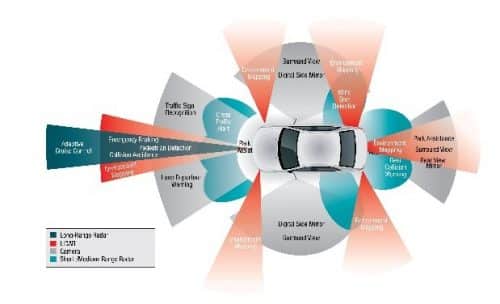
Stealth technology
Stealth Technolgy Advances in the Sensor technology will make concealment of movements and positions from their enemies difficult. Hence in effect, stealth technology will get even harder to achieve and will be significantly more expensive to acquire. In effect, the future battle space will be one that is open and visible to all.

Advanced uniforms
Soldiers should expect more advanced uniforms fitted with sophisticated sensors. These uniforms will be able to monitor the vital signs of the user and recommend swift, appropriate actions. The uniform would be woven with fiber optic sensors to offer a complete sensing structure of the whole body. Thus, team leaders and generals will now track their troops after deployment easily.

Expected KPIs from Advanced Sensors
With the rise of applications and the usage conditions, Advanced sensors would be
expected to have following capabilities:
- Harvest Power, sensors harvest energy through near field communication to power themselves.
- Wireless sensors, No wiring – lower costs, More flexible deployments.
- Heterogenous Sensors, Homogeneous network of sensors has been the typical assumption, but not the future!!, Combining sensors with different functions, A few sensor nodes with expensive sensors, such as GPS-equipped sensors.
- Mobile Sensors, Sensors with Micromachines and Low-Power Motors that Support Mobility.
- General Purpose Sensors, Single-purpose network is the typical assumption, but not the future!!, Sensors for evolving applications, that can adapt to changing objectives, More memory and CPU will allow more complex applications and Flexibility increases marketability.
- Overlapping Coverage Areas, Sensors will be deployed for specific applications, but These deployments will overlap physically. Sensors will have different properties and Users will want to combine these different sensors for new applications: Temperature sensors for HVAC control, Location tracking of employees, Combine these for fire rescue operations.
- Standardized Interface, Automated interaction between sensors.
- Calibration-free Sensor System, The trend toward built-in self-test or self- calibration function leads to the design of totally calibration-free sensor systems. In recent research dealing with temperature measurement based on p-n junctions, a novel sensor principle has been developed, in which temperature can be calculated without needing any calibrations during production or maintenance processes.
Naresh Kumar Rana is an Embedded Systems, IoT and Robotics enthusiast current working at Nagarro Software.








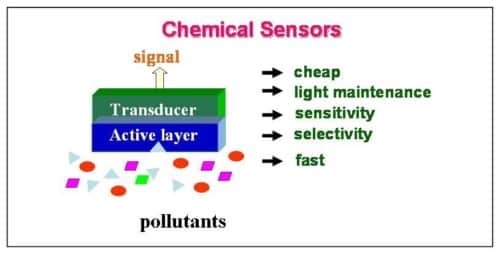
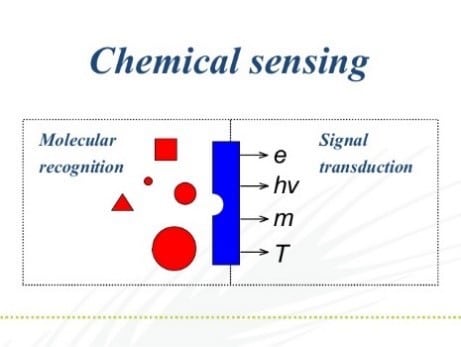


Very much informative and knowledgeable article. Thanx to Electronicsforu.com for publishing this article.
Thank You for your feedback.
A very good collection of information…Thanks for publishing..
Thank you for your feedback.